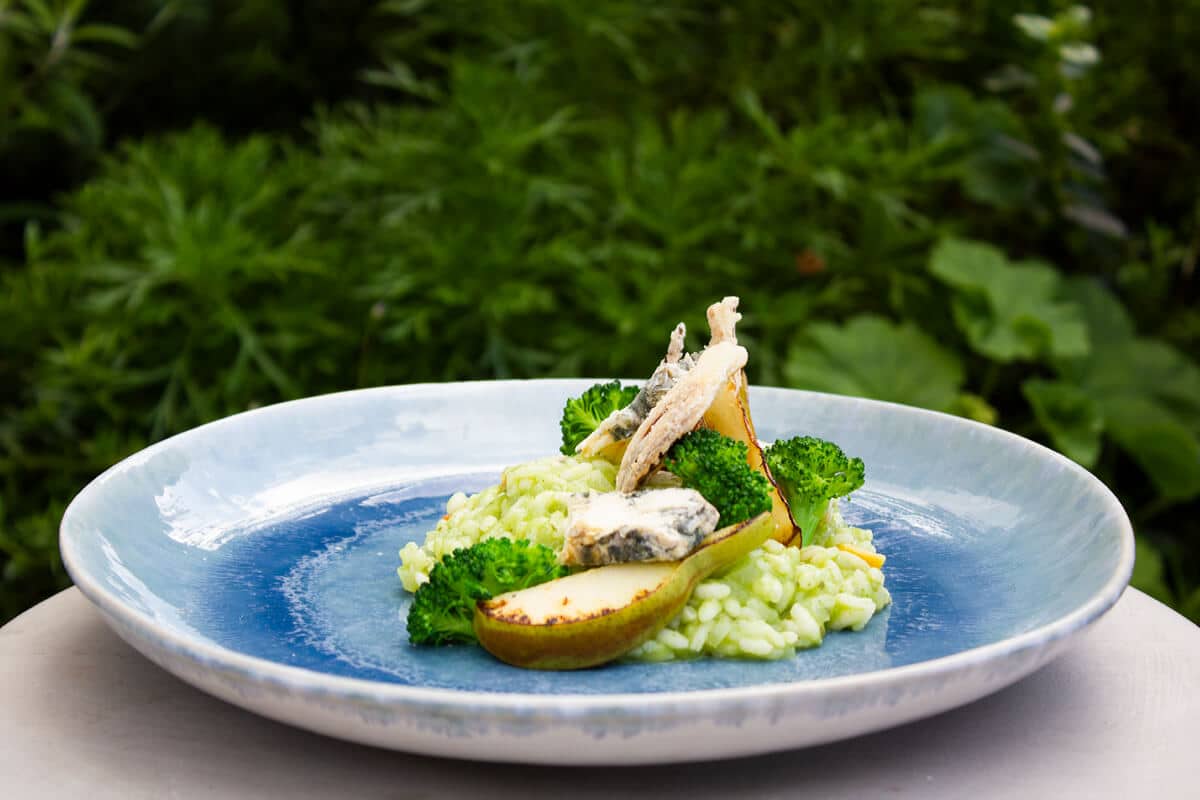The concept of New Year’s resolutions can become a bit cheesy and often loses its gravitas once the novelty has worn off. However, if one resolves to tick off some realistic goals, this will become a highly productive and rewarding guide, especially for food lovers looking to add to their repertoire and get the most out of their meals and associated experiences. Cooking, serving, sharing and understanding food is all a great basis from which to start afresh in 2022.
We’re not suggesting that you move mountains this year, but there’s certainly scope for a bit of experimentation, boldness and self-improvement with 20 days of 2022 already under our belts. Here are five easy things to try as soon as today so you can learn classic cooking techniques, experiment and play around with flavours and then show these off to friends who are lucky enough to get invited around for lunch, dinner or even both.
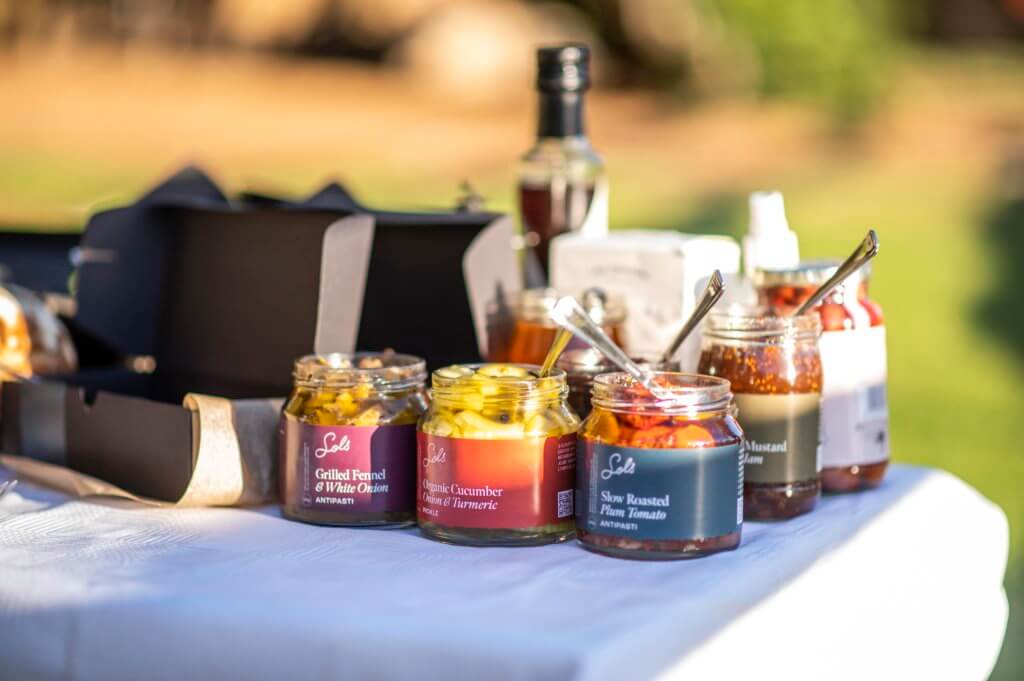
Five ways to expand your cooking skill sets with Sol’s
- Master the perfect omelette
- Learn to make all of the mother sauces
- Understand fermentation and preservation
- Be bolder with flavour combinations
- Reconnect with old friends by hosting them for dinner
Master the perfect omelette
Speaking of mastering skills, it might sound strange to include something as seemingly simple as the humble omelette, but there’s always room for improvement in the kitchen. Omelettes are pretty uncomplicated things that are, on paper at least, the result of using simple ingredients and applying straightforward methods. An omelette can go badly though. We’ve all been there before when our intention to make an omelette had to be quickly replaced by an improvised version of scrambled eggs. How can we avoid this fate?
After consulting with Chef Sol, he has reliably informed me that on the first practical day at every culinary school on the planet, the lesson will probably involve knife skills and egg cookery. The most rewarding achievement you unlock on that day is mastering a soft, fluffy, classic French omelette (the knife skills, unfortunately, take time, and a fair bit of practice/painful cuts to one’s hands). He gives us some hints on how to nail down this classic breakfast dish.

Chef Sol’s omelette hot take
Utilizing olive oil/butter (or as I do, with both), eggs, salt and a splash of water, you want to create a half mooned shaped foldover that is light, fluffy and as smooth as a baby’s bottom and there should be no discolouration from the heat or as little browning from the pan. Adding additional ingredients to your omelette creates a whole new set of problems – so let’s work at getting the basics right first.
Start with your pan. You’ll need a small omelette pan – no use trying to make a three-egg omelette in a large skillet. if it’s fully coated in Teflon, great, if not you’ll have to learn how to “season” your pan, there are plenty of tutorials on Youtube. If your pan is in a sorry state, unfortunately, I can’t help you.
Put your pan on the heat to warm up. Whilst that’s on the go, thoroughly whisk the eggs with a tiny dash of water and a pinch of salt. Now that your pan is hot, add olive oil (1 Tbsp, or enough to coat the whole pan generously). Once the oil and pan are really hot, but just before smoking hot, we are going to begin cooking the omelette. The science behind it is to raise the overall temperature of the eggs at an even rate and make the flip once the lightest skin has formed on the base of the pan and the whole omelette egg temperature is around 90% set. So, to do that, add the eggs gradually to the pan whilst vigorously agitating them (either by rhythmically shaking the pan or with a spoon). Once all of the eggs are in the pan and the egg looks about 50% cooked, stop agitation with the spoon so a base may form. At 75% of the way to being cooked, remove the pan from the heat and allow it to rest for about 15 seconds. The residual heat of the pan should bring it to about 95% cooked. Lift the corner of the egg on the side of the pan opposite to you, and gently jiggle the pan, so the whole (what is now) disk of eggs slides into the nook of the pan. Then lift the pan back to level and simply fold the furthest edge of the omelette back towards yourself. Add a knob of salted butter to the pan and allow it to melt whilst the omelette rests and cooks through with its residual heat. Ladle the melted butter over the top of the omelette to give it a beautiful sheen and then plate up.
Personally, I like to finish an omelette like that with a drizzle of truffle oil and a grating of parmesan.
Learn to make the mother sauces
The five classic western mother sauces are béchamel, velouté, espagnole, hollandaise, and tomato. Mother sauces are the ultimate starting point to complement a variety of vegetable, fish and meat dishes. These are a representation of the West’s mother or base sauces – Eastern culinary traditions have their very own selection of ferment-laden, umami-rich dashis, broths and sauces. However, these are more often categorized in favour of regionality rather than diversity in flavour, texture and technical composition, which is how the French have done it – so we shall focus on those here.
Essentially – all of the guiding principles behind making stocks, sauces, broths and stews are the same. Chef Sol insists that understanding the sauces and how they’re made is essential to get going on your culinary journey. Here are some pointers on the mother sauces and what makes them special, from the man himself:
Chef Sol on Mother Sauces
Instead of giving you a recipe for each sauce, let me tell you a trick or two to attain a great version of each and what flavours you’re looking for.
Bechamel: The trick to making a great bechamel is in the roux, and the pointers to take in for that are this: Firstly, don’t burn the butter, slowly melt it and once it starts bubbling ever so gently, add your flour. Secondly, don’t add your milk infusion until you’ve spent time cooking out the flour in the fat. This should take at least 15 minutes. Thirdly, your milk infusion should be hot when added to the roux – this will prevent a lumpy uneven sauce. Final hack – use a wooden spoon to almost “beat” the ingredients together instead of a whisk. This will again ensure a smooth buttery textured sauce instead of a lumpy one. Bechamel should be seasoned very lightly and have trace amounts of nutmeg and white pepper coming through on the palate.
Veloute: A sauce that defines elegance and is perfect for seafood and delicate meats. As the bechamel should be thick and rich, the veloute should be light whilst still carrying a bouquet of flavours through its aromatic stock base. As a practice, don’t add too much cream – this sauce should be balanced. Aim for a viscosity whereas if you place it on a plate, it will just hold itself in a little pool. If you’re looking to blow your mates away with fish, seafood or other delicate meat dishes, this sauce is the one to master. Top tip – always finish with a couple knobs of soft butter.
Tomato: Every mother and grandmother has their own version of this sauce, so beware of trying to hail yours as the best. As a base sauce, this forms many of the ragus, stews and pasta sauces we all adore. The function of the tomato sauce is to bring considerable amounts of umami punch as well as sweet and salty notes to whatever you’re combining it with, so it can be a bit of a bulldozer. I like my tomato to have aromatic flavours of oregano and basil, but it’s such a bold sauce it can hold up to pretty much anything you throw at it.
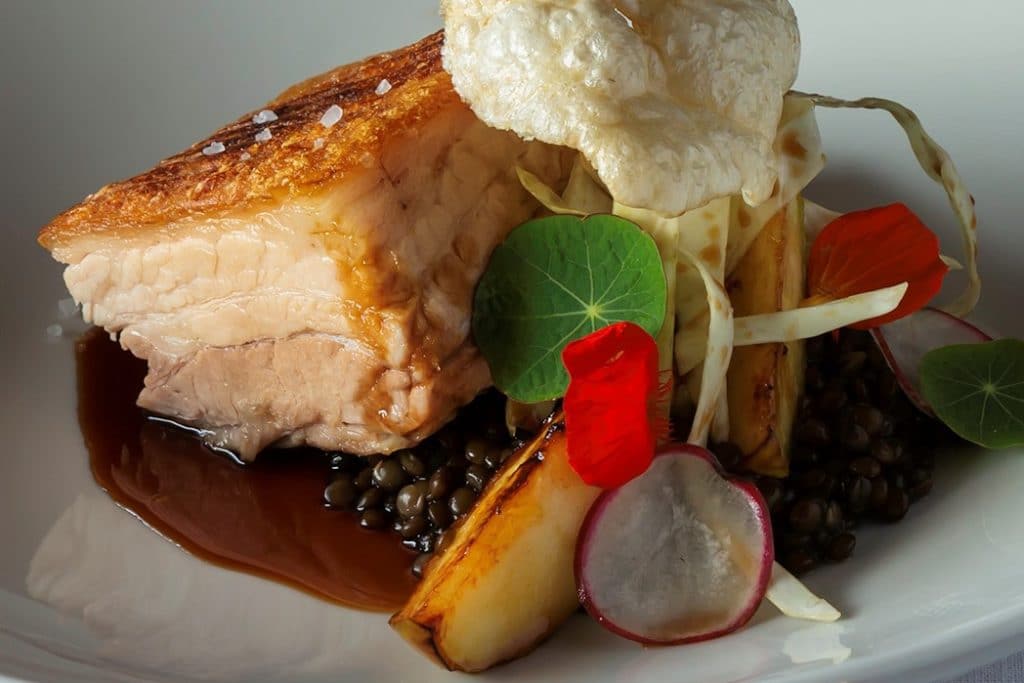
Espagnole: The technical method to create this sauce, if done as per Escoffier’s guidelines, is a bit of a chore. So unless you’re someone who is meticulous in nature, maybe just skirt around the rules here. Essentially what you are creating is a collagen-rich bone stock reduction, otherwise known as a jus or demi-glace, and combining it with brown stock thickened with roux and a very small amount of tomato paste. What does that mean to everyone else on the planet? Gravy people, we are making gravy. This sauce should be unctuous and rich, laden with savoury notes only slow cooking and time can evoke. If you’re going through the effort to make your own stocks – under no circumstance let them boil – that will destroy the naturally occurring collagen from the bone marrow and you won’t get that sexy, velvety sheen.
Hollandaise: A lot of people are scared of this one, so allow me to lend you some comforting words. These are the three principles you need to get your head around to master this sauce: The heat of your butter, the heat of your egg yolk, and the ratio of ingredients. Always let the butter be hot enough so that it does not congeal or solidify, but not hot enough to cook the egg yolk. Around 55 degrees Celcius is peachy if you’ve tempered your egg yolk with the reduction properly. Always follow a recipe – too much reduction or butter means your sauce doesn’t taste right, or in most cases have the correct viscosity, sheen or set right – so ratios mean everything.
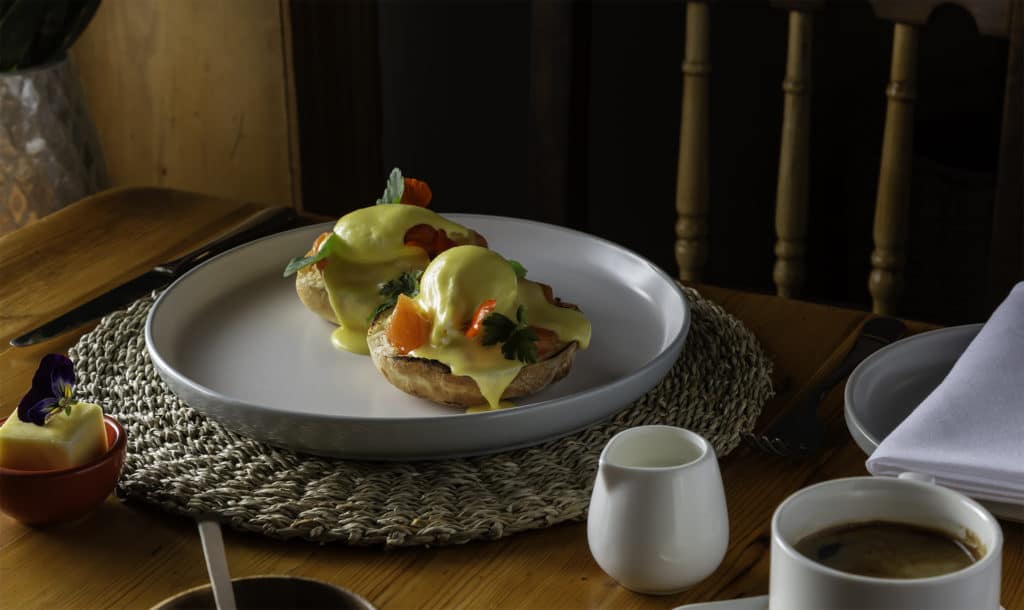
Why not try out one of these two mother sauces tonight? A world of flavours and impressive dishes awaits any amateur cook if these majestic base sauces can be mastered.
Understand fermentation & preservation
For lovers of Asian foods and flavours, there are very few side dishes that possess the subtlety and unmistakable texture of kimchi. It’s also a superb and reliable banker for vegetarians and vegans. But why buy it in a jar from the supermarket when you can actually make your own at home? Fermented foods like kimchi, soy, sauerkraut, cured meat, miso, soybean paste and fermented fish are all rich sources of Umami goodness and that can only be a good thing for lovers of salty, delicious things. Fermenting them yourself can turn the process into a fun, rewarding experiment that has some very tangible benefits.
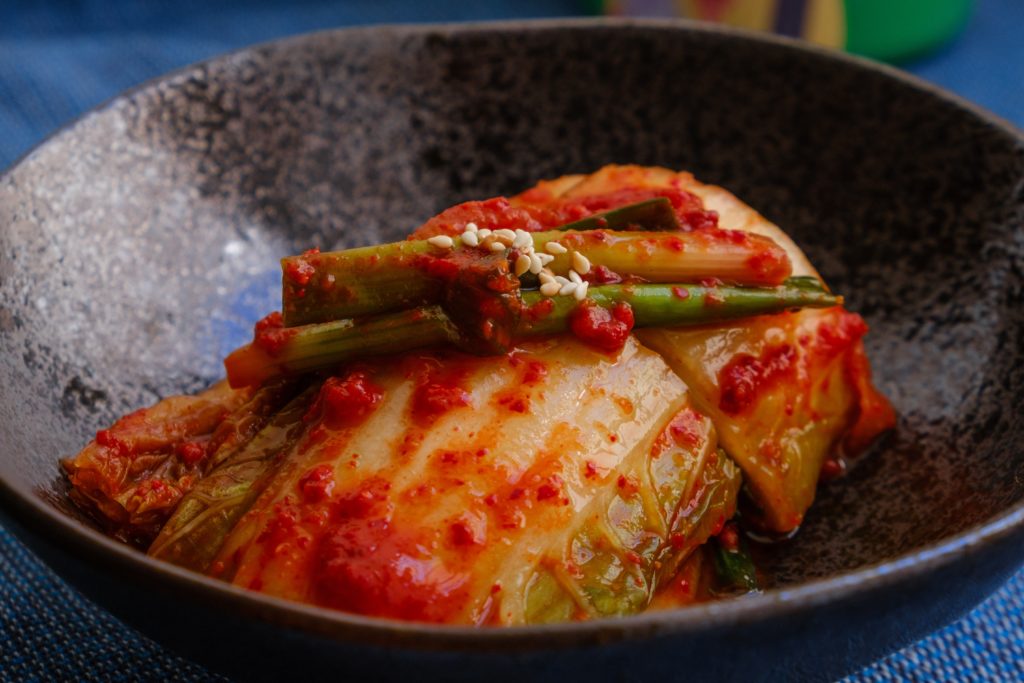
Be bolder with flavour combinations
We’ve decided that 2022 is going to be a year of love, generosity and adventure but also one for flavour experimentation at any given opportunity. This isn’t so much a measurable New Year’s Resolution as it is a declaration to be bolder and try something new from time to time. Arm yourself with a variety of Sol’s preserves & pickles and work out which combinations please you most. Simply let your palate decide. Our stilton, broccoli & pear risotto is a beautifully unconventional and practical place to start the journey.
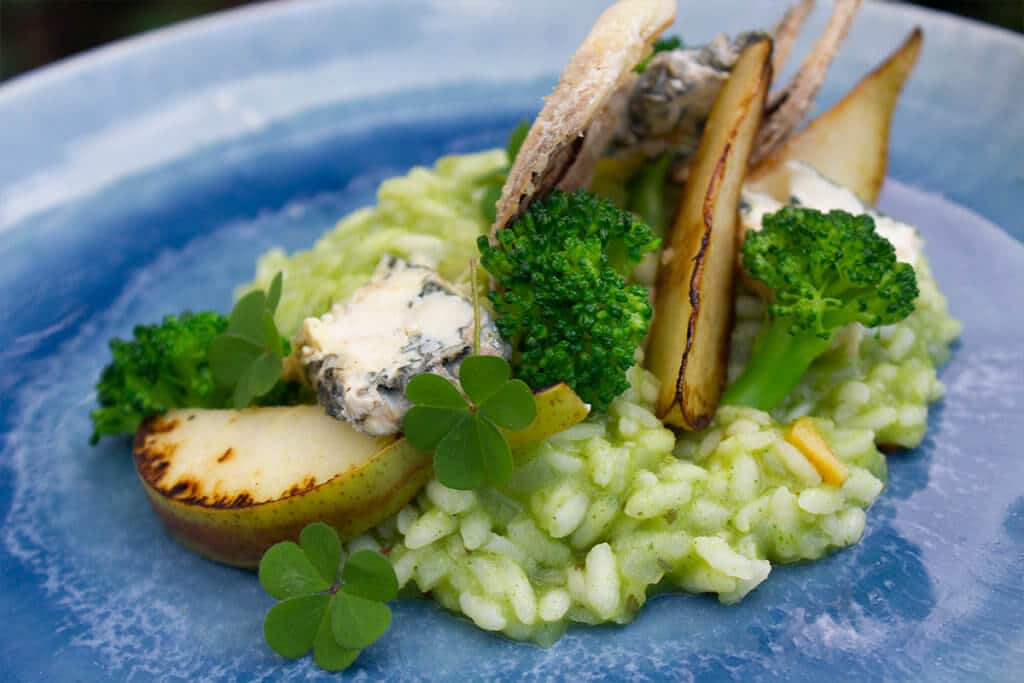
Reconnect with old friends through food
Reestablishing old connections with friends only requires a bit of initiative and a quick text message or call. From there find some common ground, hash out a plan geared around your hosting skills and apply some of the new cooking techniques that you’ve learned above in practice. The proof of the pudding is in the eating, as they say. One of the most unifying things in the world is food because everyone needs to eat and shared meals taste better. If you can do that in a majestic Cape Town setting, then you’re really winning. Grab a carefully curated luxury Sol’s foods hamper to sweeten the deal and turn a perfectly pleasant experience into a memorably delicious one. If you’re hosting a dinner party or any type of party for that matter, make sure to tick the major boxes:
Five tips that every host should know:
- Stock up on your guest/guests’ favourite drinks and pre-dinner snacks.
- Consider your guest/guests’ dietary requirements before creating a menu.
- Build a playlist in advance so that there are good tunes for the evening to make things more naturally festive.
- Light candles to create ambience and they’re also handy in South Africa for when the lights go out.
- Execute your menu with confidence and a touch flair. You’ve got this!
TOP TIP: Human beings are inherently competitive so the better your dinner party is, the more your friends will try to one-up you, which means that you’ll live in an endless cycle of delicious dinner parties.

The sun has long since set on the final chapter of 2021, so now is the time to take the plunge by learning new skills & techniques, acquiring some good habits, sharing your food knowledge & testing this newfound mettle in the kitchen. Let’s resolve to spend more time outdoors (and indoors) eating delicious food with friends between now and the end of 2022. Do you have any specific foodie New Year’s Resolutions?

